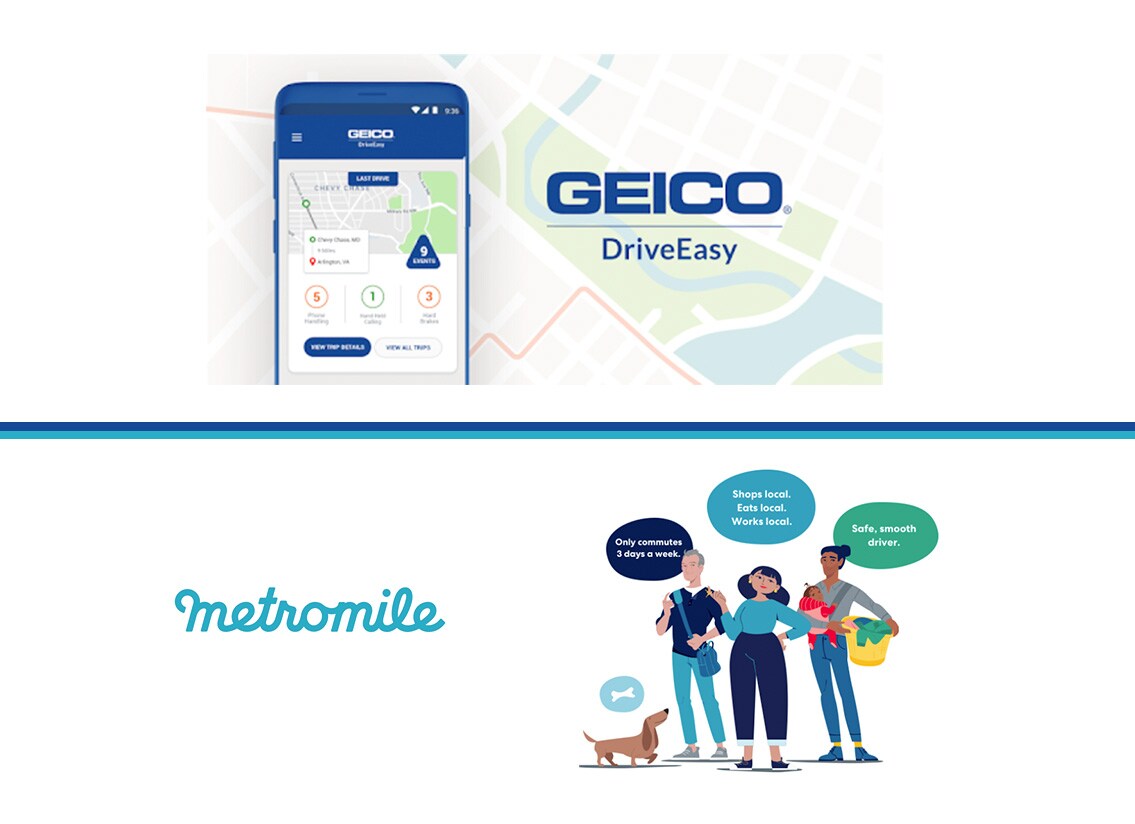
Pay as you Drive Car Insurance

We're all on the lookout for ways to save on auto insurance and pay as your drive car insurance might be a good way to save you some money. Do you have a car that you barely drive? If you find that you drive very seldom, pay as you drive car insurance might be an option for you that can save you up to 40 percent over regular car insurance.
Usage-based insurance is a type of vehicle insurance in which the cost is decided by measuring against such variables as distance and behavior. Traditional car insurance rewards safe driving with lower premiums. The simplest type of usage-based insurance calculates cost on mileage driven.
How Does it Work?
Auto insurance companies can use a smartphone app to track your driving behavior. Some use a device that plugs into your car's diagnostic port to track how far you drive. There are basically two types of usage-based car insurance; pay per mile and pay how you drive.
- With pay per mile, a rate is generated based on how many miles you drive.
- With pay how you drive policies, a rate is generated based on your driving habits and you can be penalized if you are considered a bad driver.
Basically, pay per mile insurance is great for people who don't drive very much or who haven't driven much over a long period of time. We're talking about folks who work from home or are at college. If you take mass transit or walk to work and let your car sit in the garage, pay per mile insurance might work for you. It is also excellent if you have a car that you use and your secondary vehicle is rarely driven.
According to the U.S. Department of Transportation, the average American drives around 13,500 miles per year. Many companies that provide pay per mile insurance will tell you that if you are driving less than 10,000 miles per year, you are wasting money on your current insurance plan. Pay per mile insurance starts with a base rate that you pay each month and then a per mile rate that includes a cap.
Your base rate will be determined just like any other car insurance quote by looking at your age, driving history, your car make and model, your location and so on. You will get coverage that is very similar to regular car insurance. The difference involves tracking how many miles you drive. Your driving habits determine how much you can save.
How much can you save?
Companies such as Metromile use its "Ride Along" technology to examine your driving habits over a two-week period. The app tracks how you drive and how far you drive and then the company estimates how much you'll pay each month based on the results. If the idea of this sort of "Big Brother" tracking technology creeps you out, there are companies that will simply calculate your rate based on sending them a photo of your odometer reading each month.
Geico offers a "DriveEasy" policy that can save you up to 25 percent. Progressive "Snapshot" can save you $145 per year. Root Insurance says they can save you up to $900 per year. As we've already stated, such policies have you install an app that tracks your driving to create a customized rate but your rates can go up if you have what is considered "risky" driving habits. As such, pay how you drive polices determine your rate by your driving behavior. If you are an aggressive driver or if you drive a lot, these kind of programs can increase your rates. They track how often you drive, your mileage, your acceleration and speed and how hard you brake. They also consider driving late at night unsafe.

Other driving based discounts
Many auto insurance companies offer customized discounts or cash back for safe driving. These telematics rewards are not usage based but can still increase your rate based on your driving history. For instance:
- Allstate Drivewise offers discounts for keeping your speed under 80 miles per hour and avoiding late night driving between midnight and 4 a.m.
- Nationwide SmartRide offers 10 percent savings just for signing on and up to 40 percent savings depending on your driving habits.
- Safeco's Right Track and State Farm's Drive Safe and Save program can save you up to 30 percent with similar programs. Some even reward you for limiting your cellphone use while driving.
Questions to ask
Though these programs are similar, they are not all the same. Be sure to ask if there is a daily mileage cap on your pay per mile policy:
-How is your driving information calculated?
-Are you being tracked by a plug-in device, smartphone app or mileage updates?
-Is the auto insurance app or device linked to a specific car or is it tracked by the driver?
Be sure to find out what exact information is being tracked as well as what driving behavior can help you to save money. Lastly, make sure to find out if your rates can increase based on your driving. Do your research and know your options to make sure that a pay as you drive or pay per mile insurance plan is right for you.


